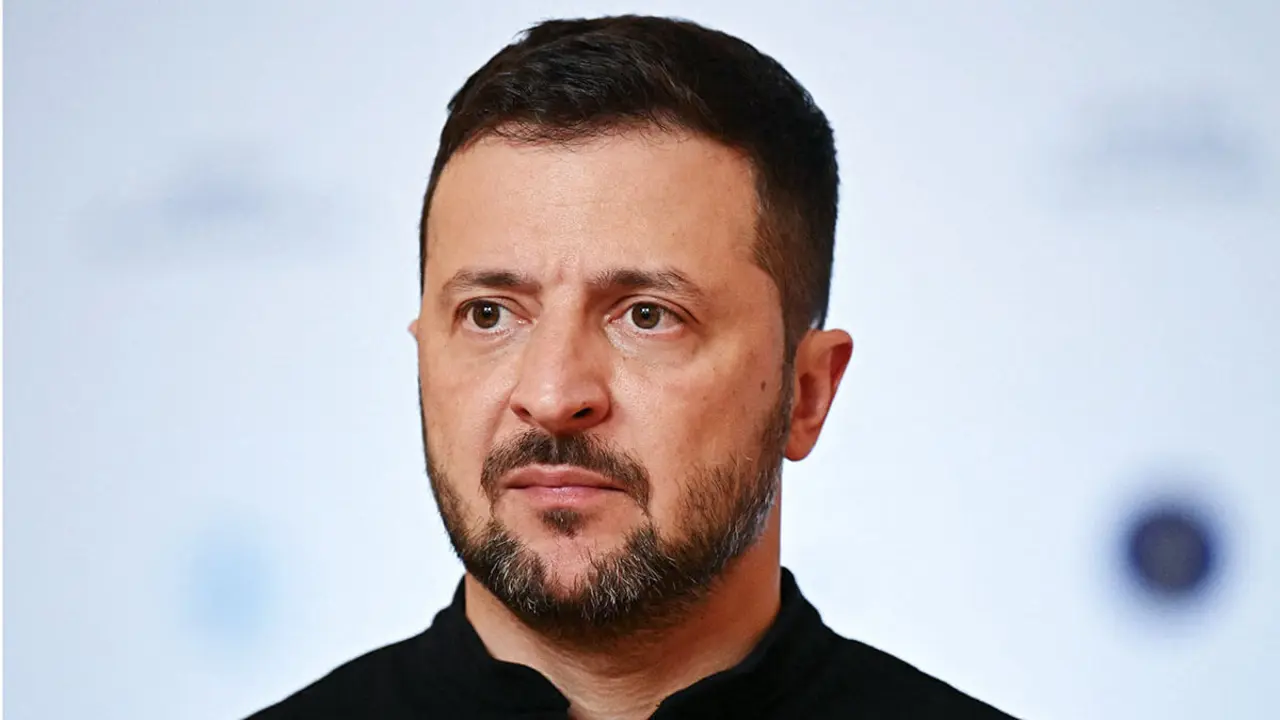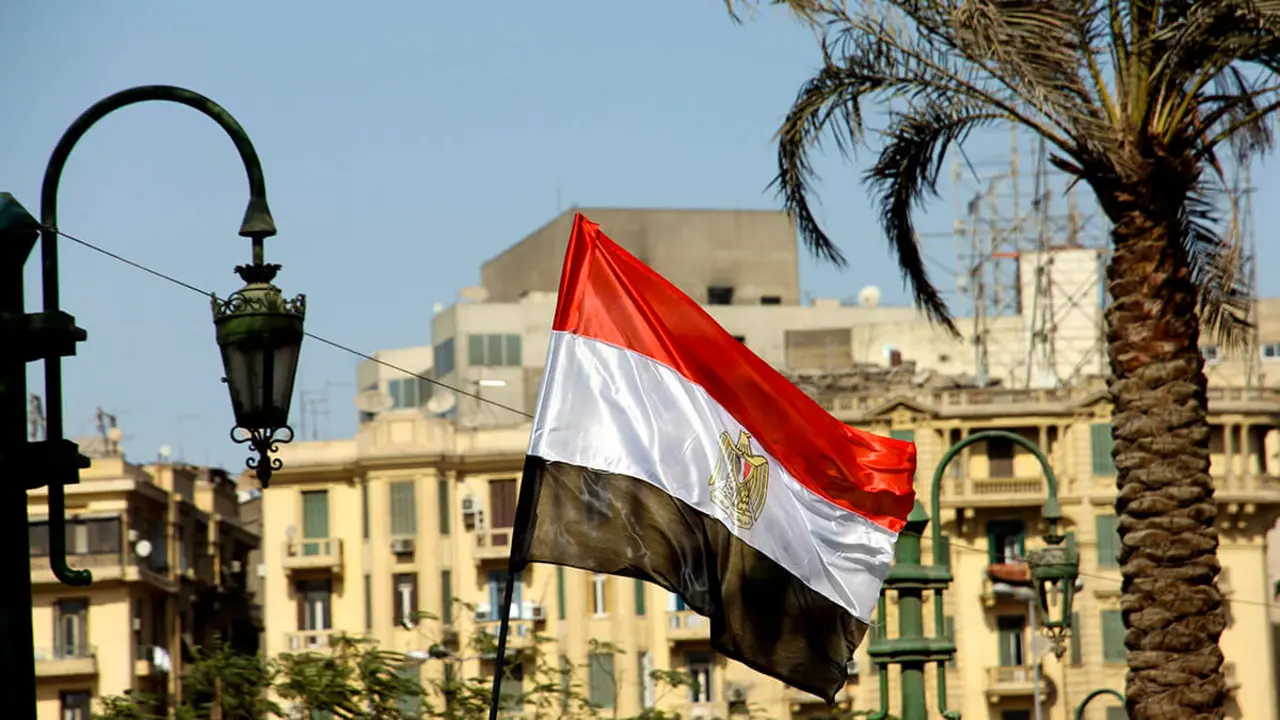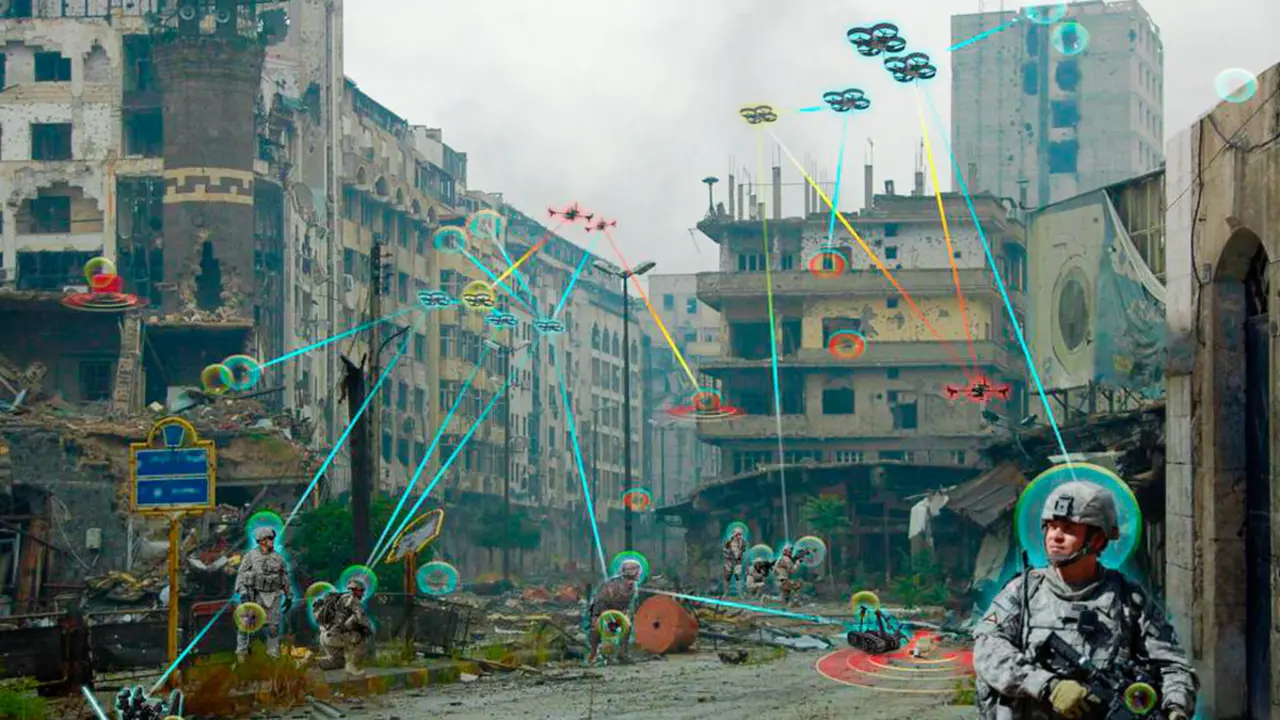Turkey is to deploy new air defence systems in Idlib
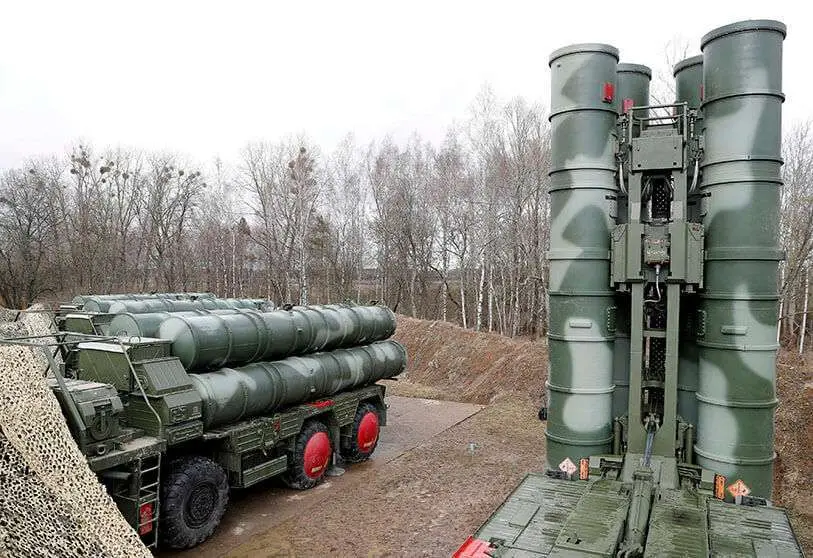
Turkey will "soon" deploy - some local sources say within a week - additional low and medium-altitude air defence systems in Syria. These are the domestically manufactured HISAR-A and HISAR-O models, which have been jointly developed by leading defence contractors ASELSAN and ROKETSAN, as revealed by the Turkey's top English newspaper Daily Sabah. HISAR-A is capable of hitting targets within the range of 15 kilometres and at a ten-kilometre altitude, while HISAR-O raises the range to 25 kilometers. Combined, they allow for the neutralization of helicopters, fighters, UAVs and even cruise missiles. This was announced on tuesday by the The head of the Presidency of Defence Industries (SSB), Ismail Demir.
The new systems will be installed on the battlefield. Although the specific details of the rearmament operation have not been revealed, everything indicates that they will be placed in the region of Idlib, located in the north-west of Syria, where in recent weeks there has been an upsurge in fighting between Turkish troops, accompanied by pro-Ankara militias, and the Syrian Arab Army of Bachar al-Asad, supported by Russian aircraft. "These new military equipment will add to our power in the field", Demir said.
This is all part of the so-called 'Operation Spring Shield', which was launched this Sunday under the mandate of Turkish President Recep Tayyip Erdogan, after the lives of 33 soldiers from the Armed Forces were lost in an offensive led by Syrian government troops. It is the fourth offensive led by Ankara in Syria after the 2016 'Operation Euphrates Shield', the 2018 'Operation Olive Branch' and the most recent, the well-known 'Operation Peace Spring' in October 2019, against the People's Protection Units (YPG), the Syrian Kurdish militias that fought the Daesh terrorist organization together with the United States since 2015.
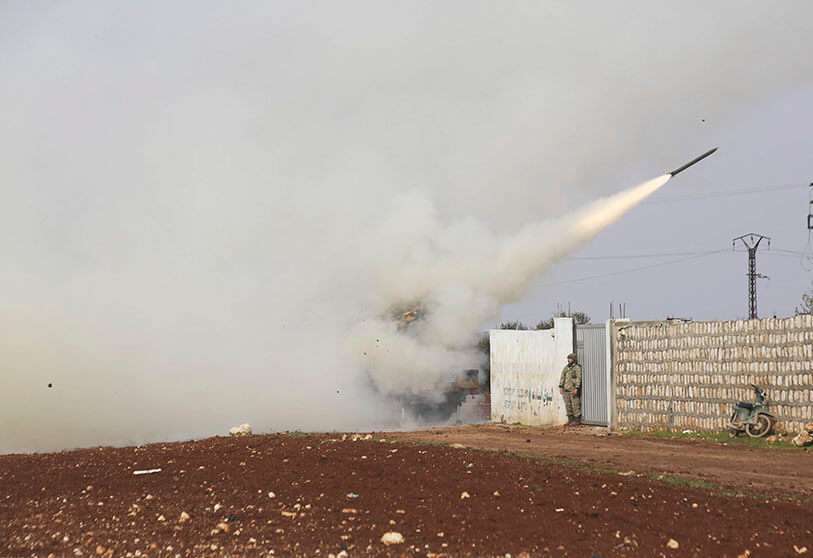
Currently, the Korkut low-altitude air defense system is active on the ground in Idlib. It has the capability of firing 1,100 rounds per minute, and it can destroy rockets some 4 kilometers away. In addition, the swarms of armed locally made drones, named the Bayraktar TB2 developed by the Turkish company Baykar Makina - which have recently taken over the international news by being constantly shot down by the The Libyan National Army (LNA), the faction that fights Turkey's ally in the North African country, the Government of National Accord (GNA). Along with them, the TAI Anka is a family of unmanned aerial vehicles (UAV) developed by Turkish Aerospace Industries (TAI) for the requirements of the Turkish Armed Forces, which are also used in the battle.
It should also be noted that the Turkish military deployment in Syria consists of F-16 fighter planes, an American model that is also produced locally in the Eurasian nation. It should be recalled at this point that Ankara is pushing the United States to take part in the Syrian conflict against the Damascus-Moscow axis. To this end, last week the Erdogan government asked its American counterpart to deploy two batteries of Patriot missile batteries on Turkey's southern border, a request that has still not been answered by the Trump administration.
However, this approach between Washington and Ankara has proved to be paradoxical, since relations between the two countries were not recently at their best. In fact, Turkey had moved closer to Russia - now rivals in Syria - for the purchase of the S-400 anti-aircraft missile system, setting off alarm bells within NATO.
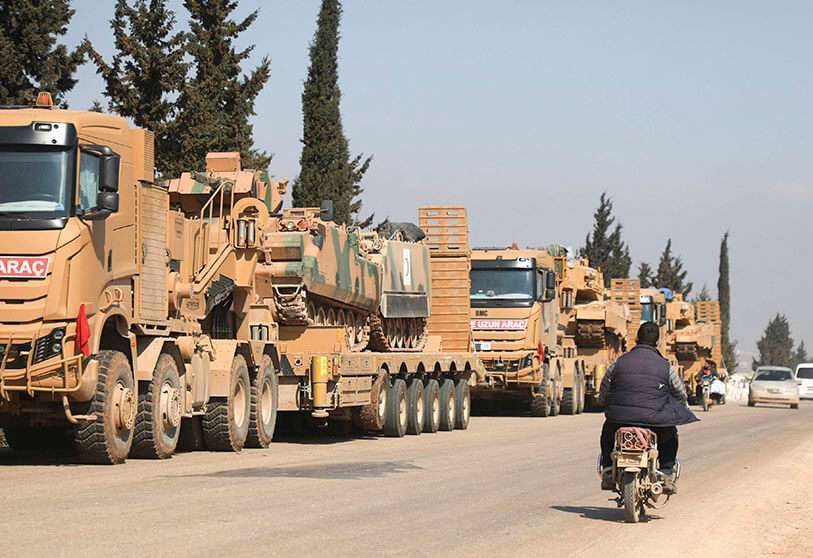
Along 15-20 kilometers in northwest Syria, the 2017 Astana Agreement between Turkey and Russia established a demilitarized zone in which both countries pledged not to carry out acts of aggression or deploy heavy military equipment beyond the observation points that the two states set up to ensure the implementation of the pact. However, in the last two years, violations of the document have been a constant. In the case of Ankara, it should be noted that the Syrian Observatory for Human Rights (SOHR) has recorded the arrival of more than 2,765 Turkish trucks and military vehicles, as well as 7,600 soldiers, in Idlib just since February 2.
On the other hand, Moscow began its operation in Syria in September 2015. Over these five years Russian Air Force has constantly intervened to help Al-Assad's army regain lost ground in the hands of the rebels and jihadist groups. In particular, several models of fighter planes and jets such as Su bombers (series 24, 27, 30, 34 and 35) are used, which have already taken the lives of Turkish soldiers in the northwest of Syria. In terms of human numbers, by 2018 it was revealed that more than 63,000 Russian military personnel had fought on Syrian territory. The current figure is unknown.

SOHR sources said last Wednesday that violent clashes have continued on Afis frontlines northwest of Saraqeb city in eastern Idlib countryside, recently reconquered by the Syrian Arab Army. Turkey continues to intensify its attacks in the area to prevent government troops from reaching Idlib, the last opposition stronghold in the country. As a result, the Turkish offensive has left 119 victims in the last week, including Syrian soldiers and foreign allied forces, such as members of Hezbollah and four Iranian citizens.
As for the casualties on the Turkish side, the Turkish Ministry of Defence reported on Wednesday that two soldiers have been killed and six others injured in the last few hours.



